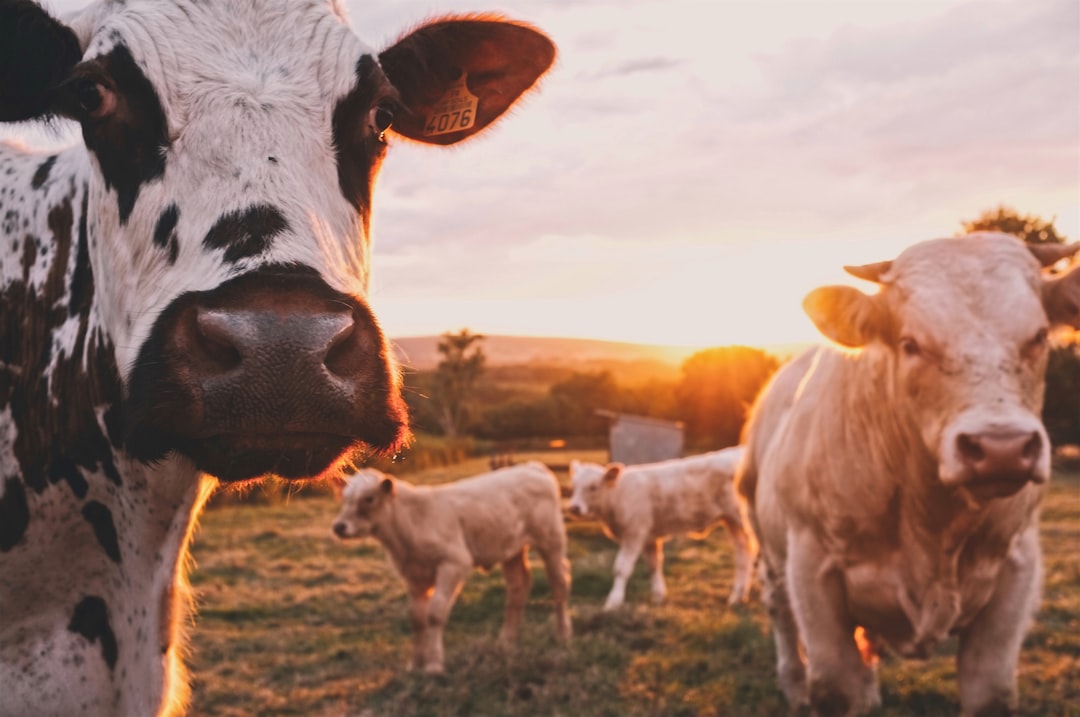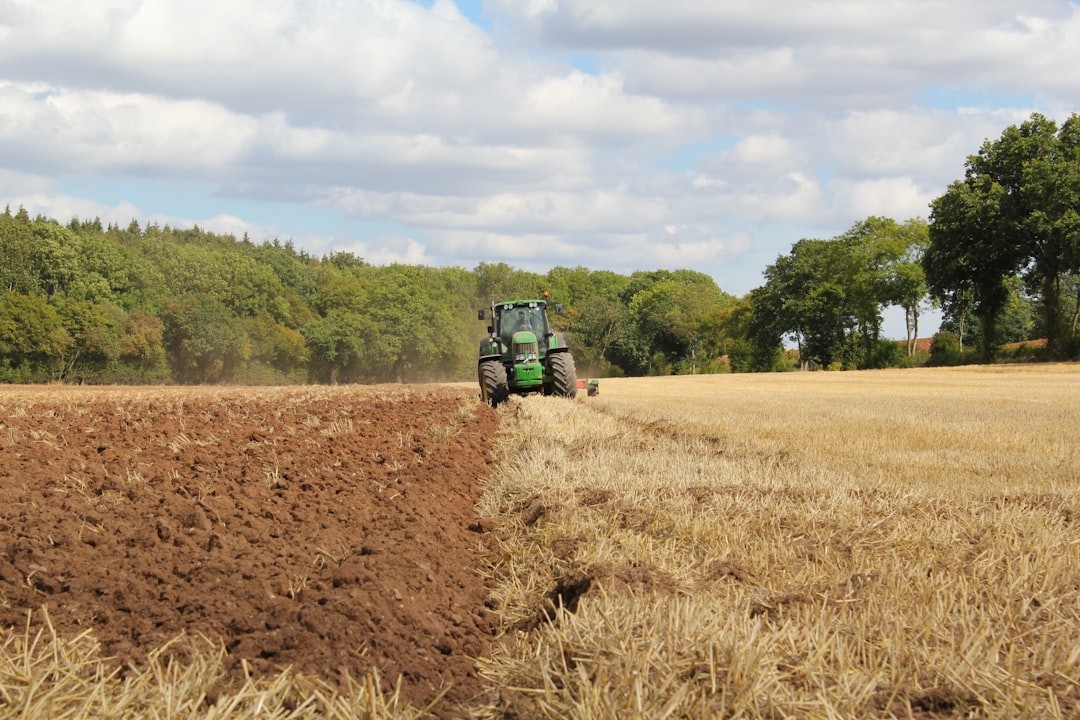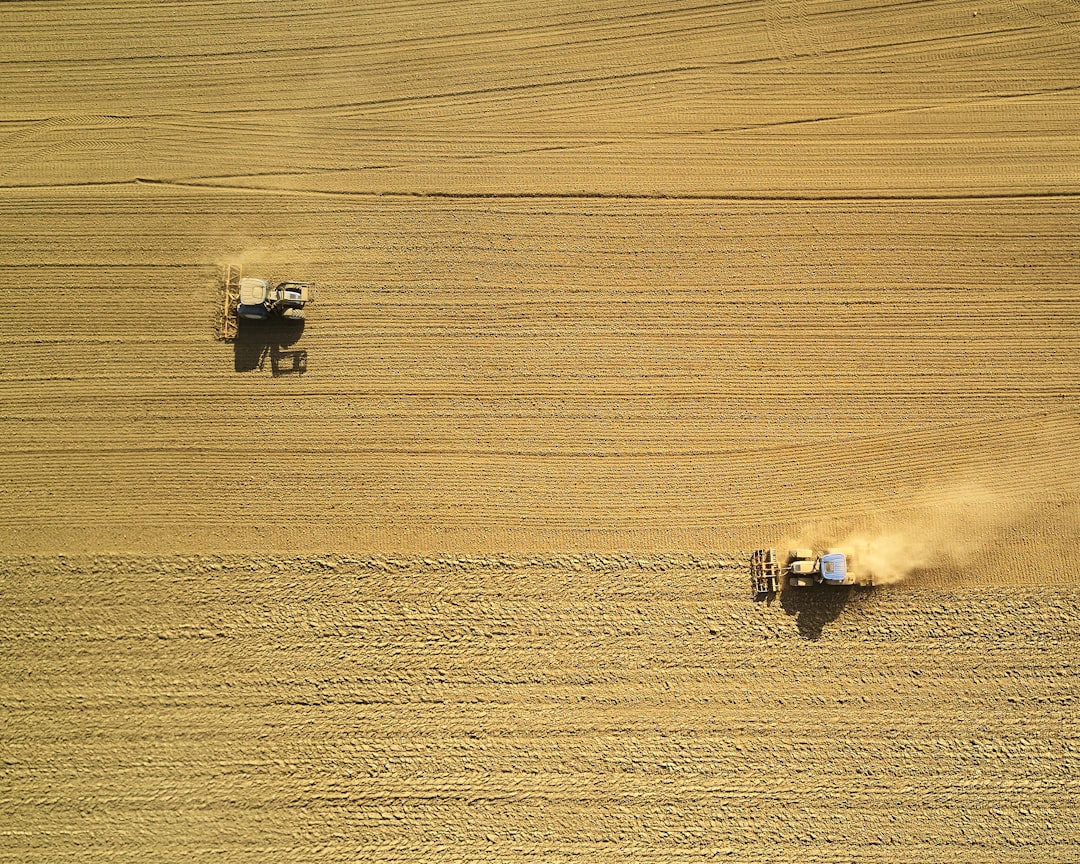As technology continues to advance, so does its impact on various industries, including agriculture. With the rise of Artificial Intelligence (AI), farmers are now able to make data-driven decisions, optimize their resources, and increase their yields.
AI is a branch of computer science that focuses on creating machines that can perform tasks that typically require human intelligence, such as learning, problem-solving, and decision-making. In agriculture, AI is being used to improve precision farming, crop monitoring, soil analysis, and supply chain management.
With the help of AI, farmers can now collect and analyze vast amounts of data in real-time, allowing them to make informed decisions about their crops. This technology is changing the way farmers approach their work, making it more efficient, effective, and sustainable.
In this blog post, we will explore the various ways AI is being used in agriculture, from precision agriculture to supply chain optimization. We will also discuss the benefits of using AI in farming and the potential impact it could have on the future of agriculture.
Precision Agriculture and AI
As the world population continues to grow, the demand for food is increasing at an exponential rate. In order to meet this demand, farmers are turning to technology to increase productivity and efficiency. One of the most promising technologies in agriculture is the use of Artificial Intelligence (AI) in precision agriculture.
Precision agriculture is a farming technique that uses data analysis to optimize crop yields, reduce waste, and increase profitability. With the help of AI, farmers can collect, process, and analyze data from multiple sources such as sensors, drones, and satellite imagery. This data can then be used to make informed decisions about crop management, soil health, and other factors that affect crop growth and yield.
One of the key benefits of using AI in precision agriculture is the ability to monitor crops for disease and pests. By analyzing images of crops taken by drones or satellites, AI algorithms can detect early signs of disease or pest infestations, allowing farmers to take proactive measures to prevent crop loss. This not only saves money for farmers, but also helps to ensure a steady supply of food for consumers.
Another area where AI is being used in precision agriculture is in soil analysis and nutrient management. By analyzing soil samples and using AI algorithms, farmers can determine the optimal amount of fertilizer and other nutrients to apply to their crops. This not only increases crop yields, but also reduces the amount of fertilizer needed, which in turn reduces the environmental impact of farming.
AI is also being used to develop autonomous farming equipment, such as tractors and combines, that can operate without human intervention. These machines are equipped with sensors and cameras that allow them to navigate fields, detect obstacles, and make decisions about how to perform tasks such as planting, harvesting, and tilling. This not only saves time and labor costs for farmers, but also reduces the risk of accidents and injuries on the farm.
In addition to improving crop yields and reducing waste, AI is also being used to optimize the supply chain in agriculture. By analyzing data about crop production, weather patterns, and consumer demand, AI algorithms can help farmers and distributors make informed decisions about when and where to sell their crops. This can help to reduce food waste and ensure that consumers have access to fresh, healthy food.
Overall, the use of AI in precision agriculture has the potential to revolutionize the way we grow and distribute food. By using data analysis and AI algorithms, farmers can increase productivity, reduce waste, and ensure a steady supply of food for a growing population. As technology continues to advance, we can expect to see even more innovative solutions in the field of agriculture.
This not only saves money for farmers, but also helps to ensure a steady supply of food for consumers.
Crop Monitoring and Disease Detection
Precision agriculture has revolutionized crop monitoring and disease detection by incorporating AI into the process. Farmers no longer have to rely on manual labor or guesswork to identify crop diseases, pests, and other issues that could impact yield. Instead, AI-powered sensors and drones can scan fields and provide real-time data on crop health.
The data collected from these sensors and drones can be analyzed by AI algorithms to detect patterns and anomalies that may indicate the presence of diseases or pests. This information can then be used to develop targeted treatments, reducing the need for broad-spectrum pesticides that can harm beneficial insects and the environment.
Furthermore, AI can also help farmers monitor soil moisture levels, which is crucial for preventing crop loss due to drought conditions. By analyzing data from sensors, AI algorithms can alert farmers when soil moisture levels are too low, allowing them to take action before crops are irreparably damaged.
Overall, precision agriculture and AI have made crop monitoring and disease detection more efficient, accurate, and environmentally friendly. With the help of AI, farmers can make data-driven decisions that lead to higher yields, healthier crops, and a more sustainable future for agriculture.
Instead, AI-powered sensors and drones can scan fields and provide real-time data on crop health.
Soil Analysis and Nutrient Management
As we continue to explore the ways in which AI is transforming agriculture, we cannot overlook the critical role that soil analysis and nutrient management play in ensuring the health and productivity of crops. Soil health is a complex and dynamic system that requires careful monitoring and management, and AI is proving to be a valuable tool in this regard.
One of the key benefits of AI-driven soil analysis is its ability to provide farmers with precise and accurate information about the condition of their soil. By analyzing soil samples and generating detailed reports, AI systems can help farmers identify nutrient deficiencies, pH imbalances, and other factors that may be limiting crop growth. This information can then be used to develop targeted nutrient management plans that address specific soil deficiencies and optimize crop yields.
But the benefits of AI in soil analysis go beyond simply identifying nutrient deficiencies. AI systems can also help farmers track changes in soil health over time, allowing them to make more informed decisions about when and how to apply fertilizers and other soil amendments. This can help reduce the risk of over-fertilization, which can lead to nutrient runoff and other environmental problems.
Another area where AI is proving valuable in soil analysis is in the development of precision agriculture techniques. By combining soil analysis data with other sources of information, such as weather and crop growth patterns, AI systems can help farmers optimize their planting and harvesting schedules, reduce waste, and improve overall crop productivity.
Of course, like any technology, AI is not a silver bullet for soil analysis and nutrient management. It is important that farmers continue to rely on other sources of information, such as soil testing and on-the-ground observations, to ensure that their soil management strategies are effective. But by incorporating AI into their soil analysis and nutrient management practices, farmers can gain valuable insights into the health of their soil and make more informed decisions about how to manage it for optimal crop growth and productivity.
This can help reduce the risk of over-fertilization, which can lead to nutrient runoff and other environmental problems.
Autonomous Farming Equipment
As we continue to explore the vast potential of AI in agriculture, we must also consider the role of autonomous farming equipment. These machines have the potential to revolutionize the way we cultivate crops, bringing efficiency and precision to the field like never before.
Autonomous tractors, for example, can be programmed to navigate fields and perform tasks such as planting, fertilizing, and harvesting with little to no human intervention. This not only saves time and labor costs but also ensures that each task is carried out with a high degree of accuracy and consistency.
In addition to tractors, there are also autonomous drones and robots that can be employed for a variety of tasks. Drones can be equipped with sensors and cameras to monitor crop health and detect potential issues such as pests or disease. Robots can be designed to perform tasks such as weeding or pruning, further reducing the need for human labor.
One of the most exciting aspects of autonomous farming equipment is the potential for increased sustainability. By using AI-powered machines to optimize crop yields, we can reduce the amount of land needed for cultivation and minimize the use of resources such as water and fertilizer. This not only benefits the environment but also helps farmers to operate more efficiently and profitably.
Of course, there are still challenges to be overcome in the development and adoption of autonomous farming equipment. Issues such as cost, maintenance, and data privacy must be addressed in order to ensure that these machines are accessible and beneficial to all farmers.
Despite these challenges, the potential benefits of autonomous farming equipment are too great to ignore. As we continue to explore the possibilities of AI in agriculture, we must keep an eye on the development of this technology and work to ensure that it is used to its fullest potential.
By using AI-powered machines to optimize crop yields, we can reduce the amount of land needed for cultivation and minimize the use of resources such as water and fertilizer.
Supply Chain Optimization
In the world of agriculture, supply chain optimization is an essential aspect that cannot be overlooked. With the help of AI, farmers can make smarter decisions when it comes to managing their supply chain. AI technology can help farmers to optimize their supply chain by enabling them to monitor the entire process from production to distribution.
One of the significant benefits of using AI in supply chain optimization is that it can help farmers to predict demand accurately. Farmers can use AI to analyze data from various sources such as weather patterns, historical sales data, and current trends to predict future demand. This information can then be used to plan production and ensure that the right amount of products are available to meet the demand.
AI can also be used to optimize logistics and transportation. With the help of AI, farmers can determine the most efficient routes for transporting their products, reducing transportation costs and improving delivery times. AI can also be used to track shipments and monitor inventory levels, making it easier for farmers to manage their supply chain.
Another critical aspect of supply chain optimization is quality control. AI can help farmers to monitor the quality of their products throughout the supply chain. By analyzing data from sensors and other sources, AI can detect any issues with the product and alert farmers to take corrective action.
In addition to optimizing the supply chain, AI can also help farmers to reduce waste. By analyzing data from various sources, AI can identify areas where waste is occurring and provide recommendations on how to reduce it. This can help farmers to save money and reduce their environmental impact.
Overall, supply chain optimization is a critical aspect of agriculture that is essential for farmers to remain competitive. With the help of AI, farmers can make smarter decisions when it comes to managing their supply chain, improving efficiency, reducing costs, and ensuring that their products meet the highest quality standards.
Farmers can use AI to analyze data from various sources such as weather patterns, historical sales data, and current trends to predict future demand.
Conclusion: The Future of Agriculture with AI
As we have explored in the previous chunks, AI has already made significant strides in revolutionizing agriculture. From precision agriculture and crop monitoring to autonomous farming equipment and supply chain optimization, AI has the potential to transform the way we produce food and manage our resources.
The benefits of AI in agriculture are manifold. By leveraging data and analytics, farmers can make more informed decisions about their crops, leading to higher yields and better quality produce. AI-powered sensors and drones can detect diseases and pests early on, enabling farmers to take action before it’s too late. Soil analysis and nutrient management tools can help farmers optimize their use of fertilizers and other inputs, reducing waste and improving efficiency.
But the potential of AI in agriculture goes beyond just improving yields and reducing waste. It also has the potential to make farming more sustainable and environmentally friendly. By reducing the use of harmful chemicals and optimizing resource usage, AI can help farmers reduce their carbon footprint and contribute to a more sustainable future.
Of course, the adoption of AI in agriculture is not without its challenges. There are concerns around data privacy and security, as well as the potential for job displacement as more tasks become automated. However, with the right policies and regulations in place, these challenges can be addressed and overcome.
In conclusion, the future of agriculture with AI is bright. As technology continues to advance, we can expect to see even more innovative solutions emerge that will help farmers produce more food with fewer resources. By embracing AI, we can create a more sustainable and resilient food system that benefits both farmers and consumers.





